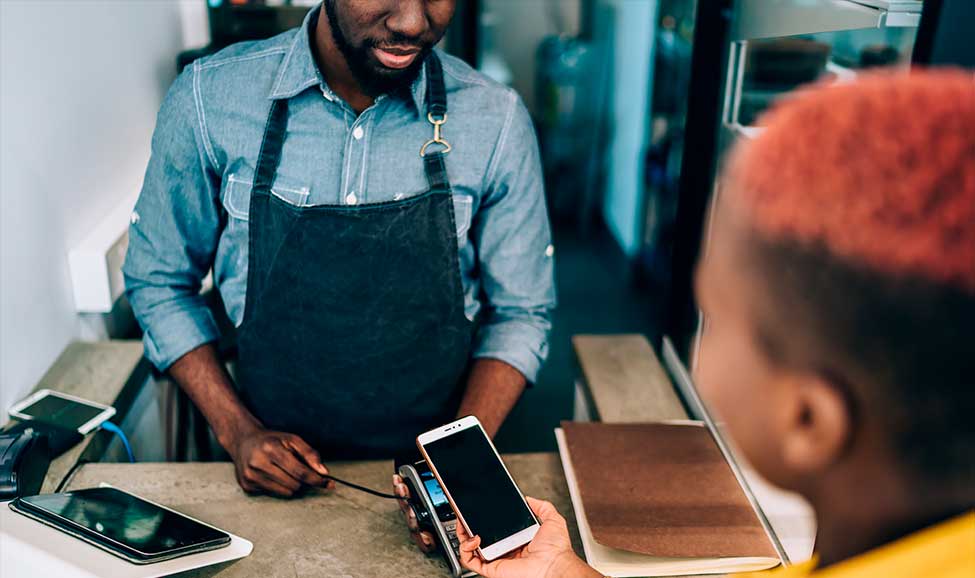Trends to follow in the fintech ecosystem

Not long ago, we had to define well what was a fintech and what was not. It seemed clear that the technology providers that served the banks were not fintech – in fact, the most popular definition was «if you can compete in any activity with the banks, then you are a fintech». Thus, many tech companies emerged with value proposals to offer services that were typical of banking or simply did not exist: currency exchange, money transfers, payments, open banking … This hugely enriched the offer of financial services, adding value to the users.
Today it no longer seems necessary to define fintech. Today we need to understand how they contribute to the value chain and positively impacts different segments of our lives.
We have recently limited in-person interactions, relying on technology as a new channel to communicate, operate and manage our daily stuff. Far from standing still, banks and payments players are already integrating technology into all their processes. Have a look!
Digital onboarding
Users do not want to go to the bank branch to open accounts. They want to register on the network, from a mobile phone or any other device. They want to do it at home or on the subway while they go somewhere.
Users increasingly prefer a digital contact, which they can understand, share, compare and consult. Banks increasingly understand this and look to the digital world as the first gateway to new customers.
This new process has advantages for the user, but also for banks. One of the challenges will be to bring our friends’ personalised advice from the neighbourhood branch to the screens. Another challenge will be to implement user verification technologies that guarantee process security. This is an example where banks can work with fintech and improve a process together.
Digital payments
If commerce, in general, has had to trust in digital as a lever for growth, payment must accompany this journey. Payment technologies and this is something that we have already commented on several occasions, cannot be a barrier to trade.
The potential of e-commerce and m-commerce is undoubted, so payment players need to talk about big words like «frictionless», «smoother process»…
Payments are like transports. The user has to move from one point A to another point B. For that, he will choose the vehicle according to the moment (day or night), the weather (rain or sun, cold or heat), the time available to arrive, the price… there are many variables at all times.
Payments are similar. The user wants to pay, and the merchant wants to convert. User will choose the payment method based on many variables that are unique to each operation, such as price (micropayment or high amount), device (mobile or desktop), time (one click or registration), trust in the trade…. Thus, merchants must have alternatives and offer them depending on the type of operation so that the user has the best option by default. This can only be done with technology. Once again, we have an opportunity to work together.

Social integration
Social networks are integrated into our day-to-day lives, and we use them for more and more things. Buying, of course, is one of them. Social payments have immense potential, even more, when we see their interest in creating their own currencies.
Users turn to the networks for inspiration and must be able to complete the purchase in the same environment. Many networks are fundamentally mobile, which implies that consumption occurs on devices with small screens, and they become perfect platforms for impulse purchases. The enemy of this trend is «redirection». And the opportunity is to incorporate shopping functionalities in new environments or services such as OTTs.
QR fever
If we have learned something in this time, it is not to touch. Mobile phones become a weapon for functions that we used to use our hands.
QR codes help us a lot in this regard, and in the coming months, we will continue to enjoy the QR madness.
There are players in the payments industry, such as PayPal, who are already testing QR to charge a user. Due to its simplicity of implementation, it seems feasible that any payment platform joins this trend. In fact, Juniper Research estimates that by 2025 there will be more than 2 billion users paying via QR.
Subscronomics
We are fans and forerunners of this phenomenon. For more than 10 years, Telecoming implemented it in services that improve the engagement of our clients. The movement is now unstoppable. All industries seem to be joining the recurring payment business model.
Users, on their side, are convinced to enjoy for a small monthly price and forget property. The challenge will be to persuade them to keep all subscriptions and to continue to seduce them with real value propositions to pay for.
Subscronomics is a business model that has come to stay, driven by new generations of users used to paying little to receive a lot. This market will move more than 200B dollars in 2025. OMG!

Antifraud commitment
Like everything else in this world, the increase in digital payment transactions increases the risk of fraud. Online payments seduce cybercriminals now more than ever because of the volume and speed of execution. Just as there are more pickpockets in a crowded space such as city centres, there is more attempted fraud when there are more payment transactions.
In this area, banks, fintech companies, businesses and technology providers must join forces to fight fraud because guaranteeing the user’s security and their transactions must be the highest priority of all of them.
Did you like this post? We invite you to subscribe to our newsletter below!

